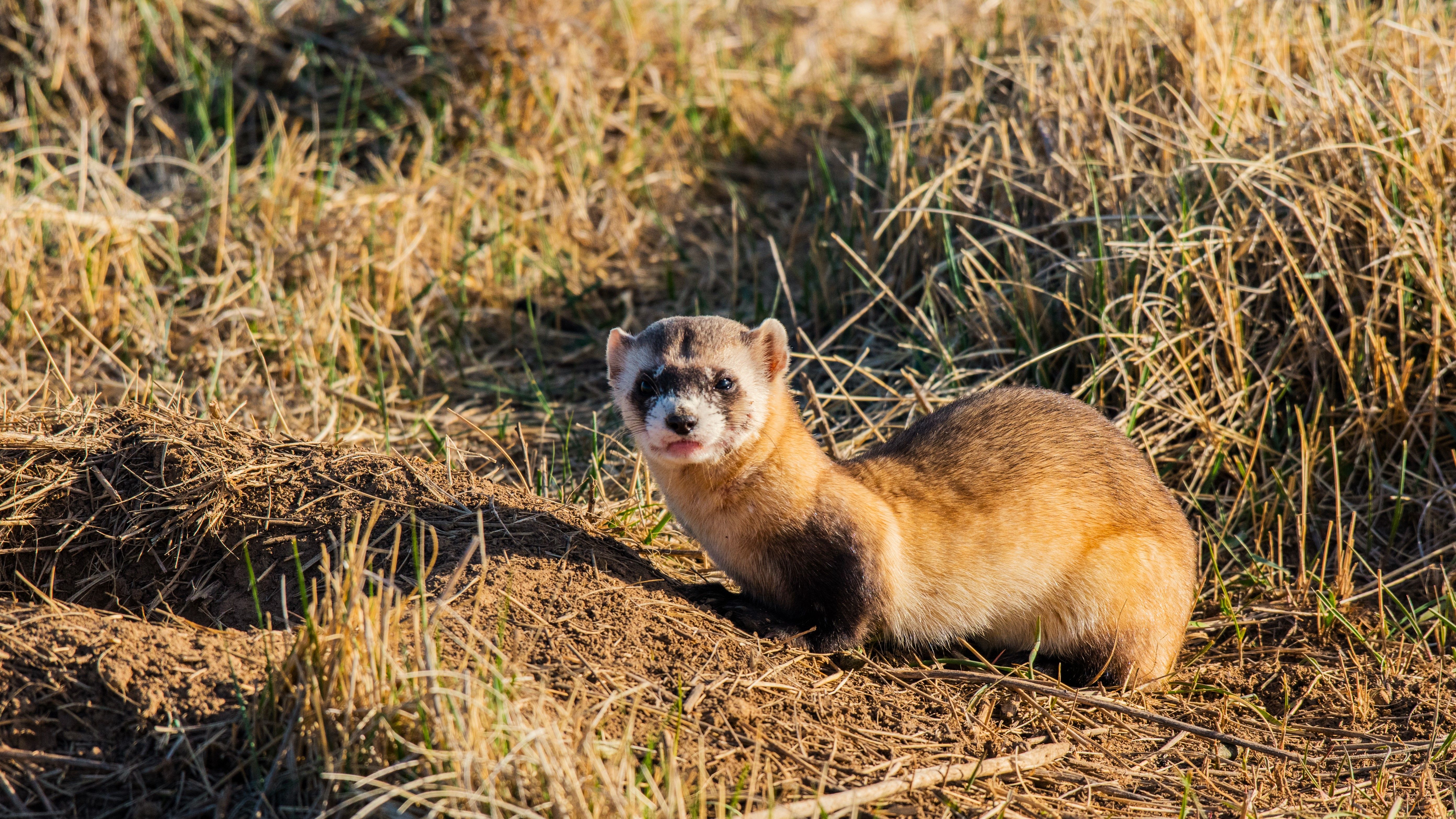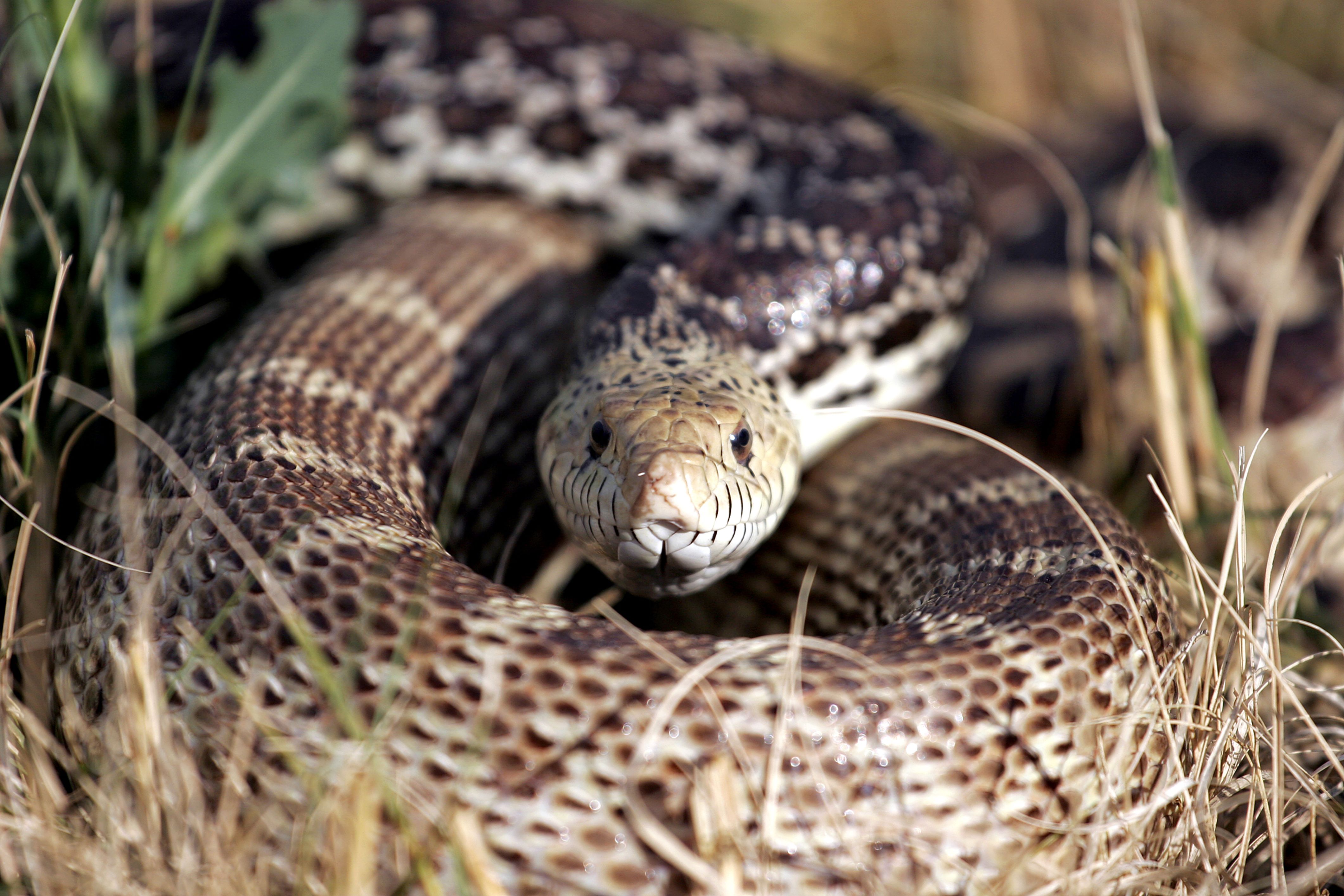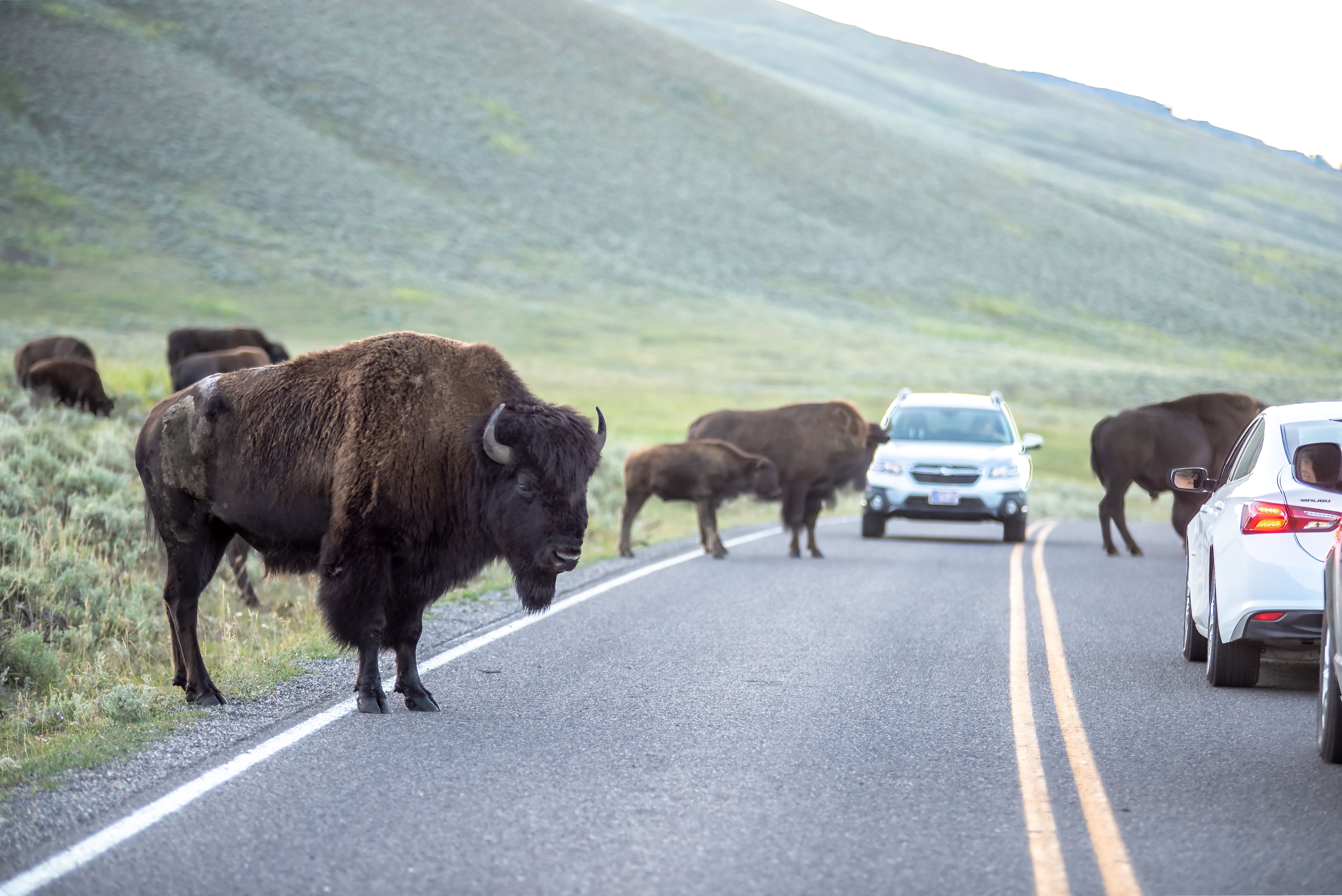There may be a lot to discover at Yellowstone Nationwide Park. The world has a few of the most underrated sights, including secret entrances. The Yellowstone Nationwide Park can be house to a wide range of reptiles, including a large eight-foot-long snake.
Whereas herbivores even have a historical past on the park, in line with the most recent findings, that historical past spreads all the way in which again to 2,300 years in the past. We now know this because of a brand new groundbreaking discovery that is simply been made, and it has a number of completely different implications.
Let’s take a better have a look at the latest Yellowstone Nationwide Park discovery, and what the examine suggests in regards to the state of the park years and years in the past.

Associated
Once Considered Extinct, This Cloned Ferret Just Entered The History Books
A cloned black-footed ferret simply made historical past by giving start to kits, a transfer that may assist the genetic range for future generations of ferrets.
2,300-Yr Report Reveals Herbivore Presence At Yellowstone Nationwide Park
Credit score to the group of John A. F. Wendt, Elena Argiriadis, Cathy Whitlock, Mara Bortolini, Dario Battistel, and David B. McWethy for this groundbreaking discovery. Briefly, lake sediment chemical substances in Yellowstone Nationwide Park revealed that giant herbivores similar to elk and bison roamed the world for at the very least 2,300 years.
To conduct the examine, according to the journal, researchers used:
“Forty dung samples from 5 ungulate species (bison, elk, moose, mule deer, and pronghorn) had been recognized [63] and picked up from the CSKT (Confederated Salish and Kootenai Tribes) Bison Vary, MT (previously Nationwide Bison Vary) and close to the Yellowstone Nationwide Park boundary in Cooke Metropolis, MT and Silver Gate, MT in summer time.”
The Wolverine is the rarest animal seen at Yellowstone.
The examine additionally exhibits that elk and bison acted otherwise throughout this time interval on account of searching bans and different elements. The paper writes, “Particularly, our outcomes level to 2 millennia of steady presence of bison and/or elk and exceptionally excessive impacts by these ungulates within the twentieth century when searching was banned, predators had been suppressed, winter forage was supplemented with hay, and vary expansions had been actively discouraged.”
An endangered Bison was noticed for the primary time in many years again in 2023 on the Salawin Wildlife Sanctuary in northern Thailand.
Figuring out that bison have roamed for the previous 2,300 years, this could supply a greater understanding of the “long-term dynamics of ecologically and culturally necessary herbivores similar to bison and elk.” John Wendt wrote.
Between June and August is the height season for wildlife viewing at Yellowstone Nationwide Park.

Associated
Is The Largest Snake In Yellowstone National Park Actually Dangerous?
Yellowstone Nationwide Park is house to an eight-foot-long snake that has many guests questioning if they’re secure if they arrive into contact with it.
The Latest Findings Hope To Shed Mild On Patterns Via Time
Lamar Valley close to the northeast entrance of Yellowstone Nationwide Park
In conclusion of the examine, John Wendt and his group are hoping to get a greater understanding of patterns by time. Biomakers are hoping to transcend a number of a whole bunch of years in the past of their findings.
The examine writes in conclusion, “Though written data within the Americas are restricted to the previous a number of hundred years, sediments containing lipid biomarkers lengthen to the Pleistocene and past.”
Extra developments proceed to be revamped the historic position of bison and different herbivores because of fecal steroid data.
The brand new information clearly exhibits actual proof of herbivores dominating the Yellowstone area years in the past.




Recent Comments